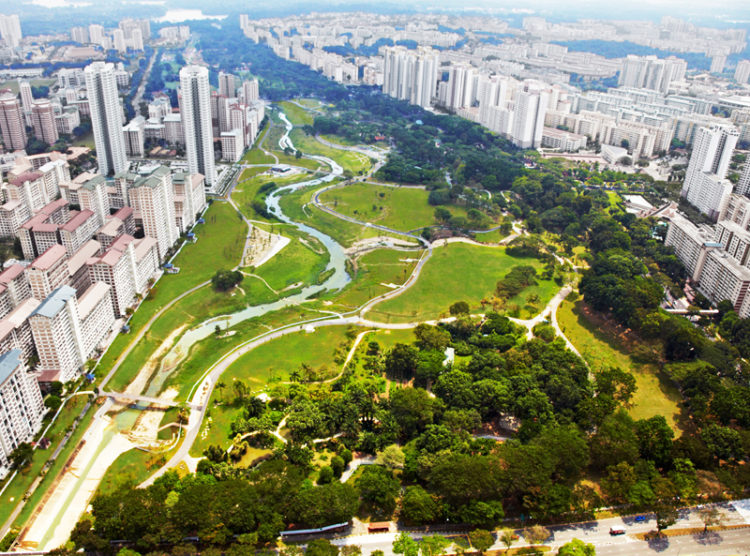The Importance Of Design Codes In Urban Developments

As urban areas continue to grow and become ever more compact and populated it can be difficult to figure out the most effective architectural designs for the space afforded projects, whether for residential, commercial or cultural purposes. The way buildings and areas are designed and planned does have a huge impact on the financial and social success of any given project. When it comes to the regeneration of urban areas to reflect a new idea and philosophy, or to reignite a lost passion from that city or area, it is vital that there is breathing space for old communities to survive alongside new communities and exciting opportunities. With that in mind urban design codes become an even more central part of any long-term regeneration project, in any type of city or location.
Good design codes for urban design can help in a number of ways. It can help to increase property values in the area that is being built or regenerated, it can help to reduce crime, provide a solution to chronic transportation issues and also help raise levels of public health. It is no wonder, with all of that in mind that Government’s continue to place a high level of importance on the provision of quality design when planning for the building and rejuvenation of sustainable communities.

An urban design code works under the provision that any new proposition relating to the design of a new development can be planned and regulated in tandem, helping to achieve a much higher standard of outcome than has previously been in the past when it comes to urban planning. As with any product or service, the more control you have over the design and planning from the very beginning of a project, helps to negate future issues and iron out problems before they come about, or at least have in place strict procedures to deal with any expected scenario. It is always about information and looking to build a foundation that provides for a more assured promise of a quality end product. Once formulated, an urban design code can be reused for various locations and situations, providing a blueprint to create fine and accurate plans for urban regeneration.
There are, of course, some potential problems with an urban design code. One of those problems is that planning permission and the bureaucracy surrounding it only damages the speed of any decision-making process. The second is that there has been a build up of mistrust in the market after decades of residential developments in urban areas that completely missed the heart and soul of the communities they were meant to serve.
An urban design code has to think about not only the design and city planning of the new developments, but also how they will intertwine and least effect the local environment, without damaging property prices and the morale of the local communities that already exist there. The Government in the UK would do well to test out a few variations of urban design code so as to not waste many more decades building residential areas that destroy communities.
Content written by Nicola Dempsey
